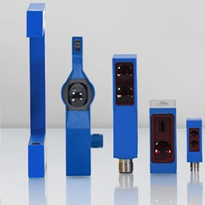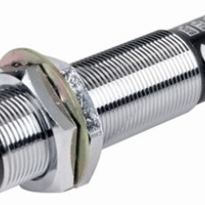In the realm of industrial automation and manufacturing processes, photoelectric sensors play an integral role. These sophisticated devices utilize light to detect the presence or absence of objects, providing invaluable information to machines and systems. Photoelectric sensors operate by emitting a beam of light and measuring the amount of light that is reflected back. When an object interrupts the beam of light, the sensor detects the change and transmits a signal. This process is rapid and precise, allowing machines to swiftly respond to changes in their environment.
One of the advantages of photoelectric sensors is their versatility. They are capable of detecting objects of varying shapes, sizes, and colors. Furthermore, they can be utilized in a diverse range of environments, including those with high levels of dust or moisture. In addition to their versatility, photoelectric sensors are also highly reliable. They are designed to operate in challenging conditions and provide accurate information even in the presence of interference. This makes them an ideal choice for applications where accuracy and reliability are critical.
Photoelectric sensors can be used in a wide range of applications. For example, they can be used to detect the presence of objects on a conveyor belt or to count items as they pass by. They can also be used to measure the distance between two objects or to detect the presence of objects in a specific area.
In conclusion, photoelectric sensors are powerful tools that provide invaluable information to machines and systems. Their versatility and reliability make them a popular choice for numerous industries. By utilizing photoelectric sensors, machines are able to perceive and interact with their surroundings in innovative and dynamic ways



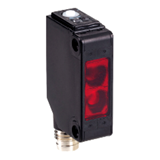


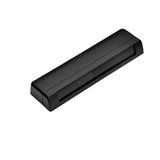
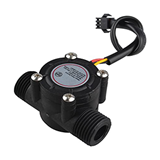
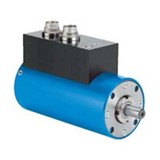
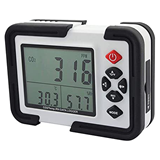
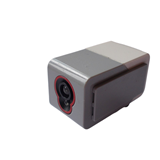
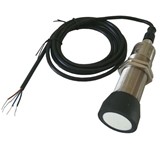
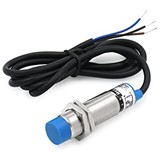

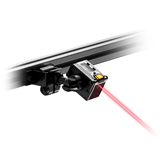
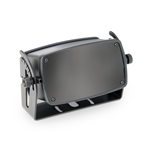

.pdf-NitroPro-205x205.png)

